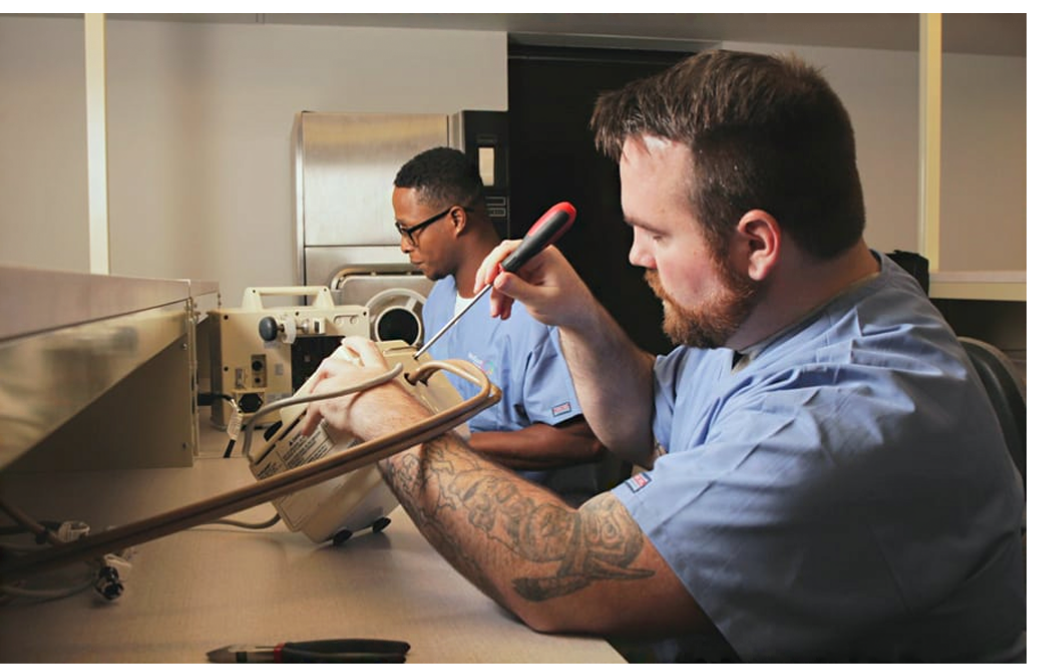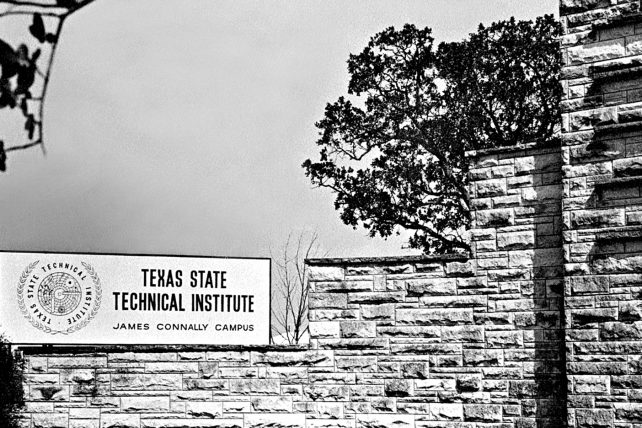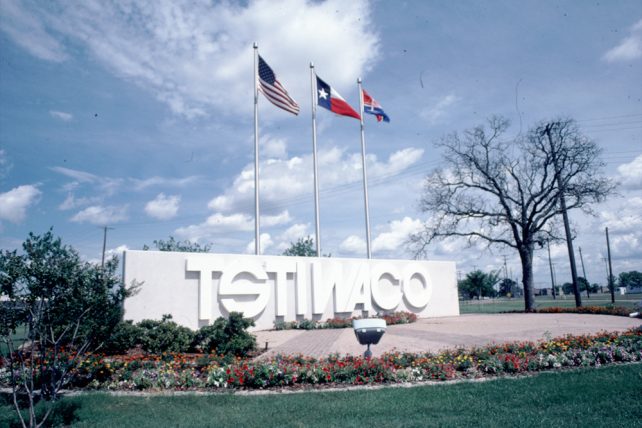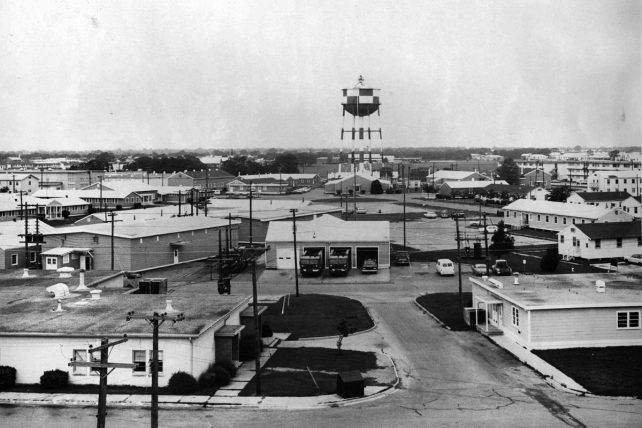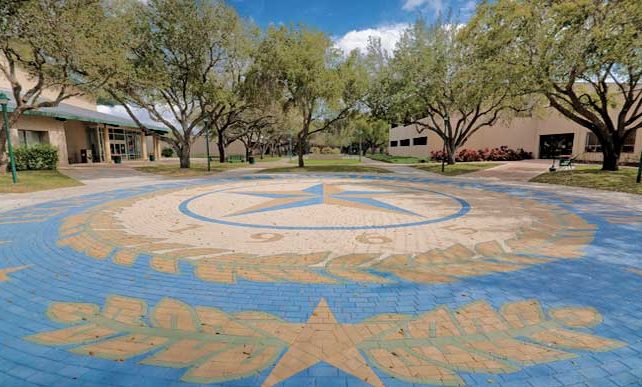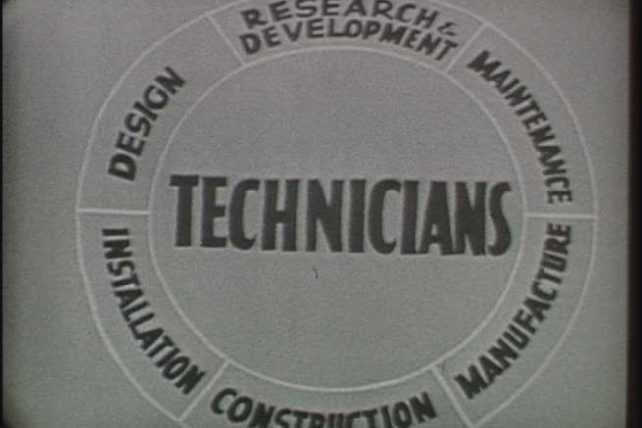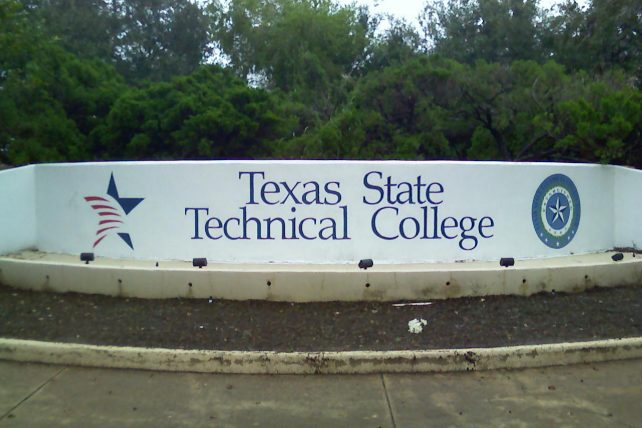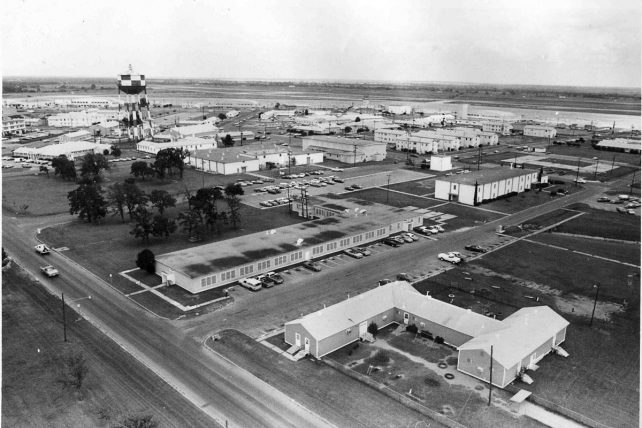Texas State Technical College History
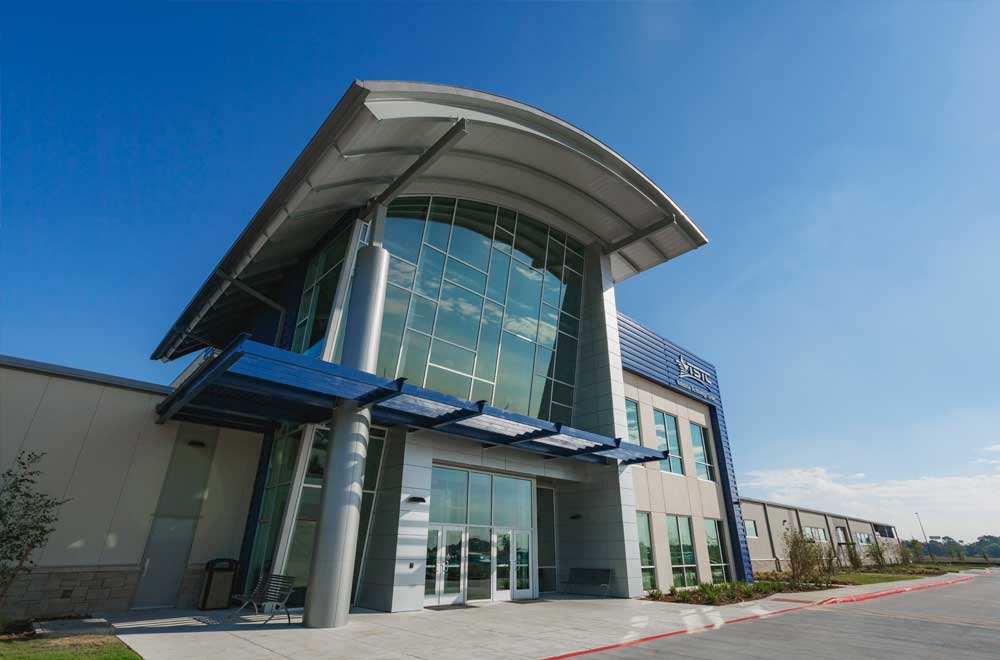
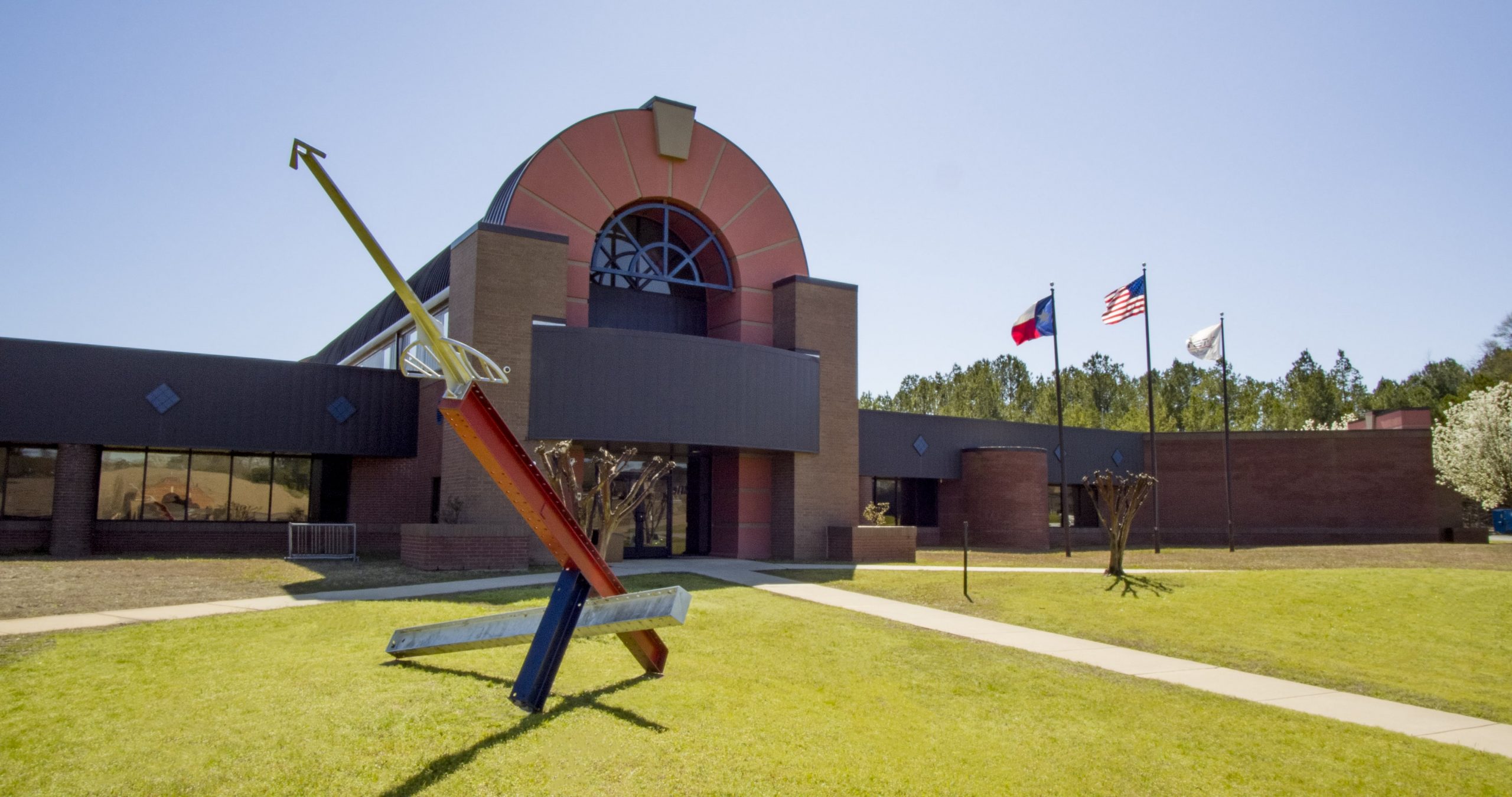
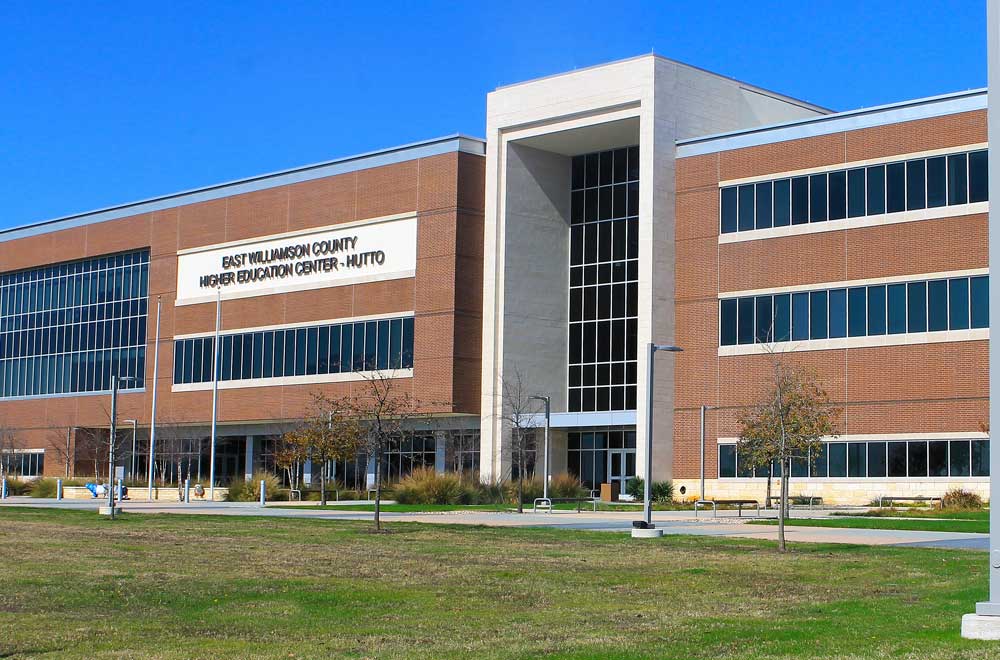
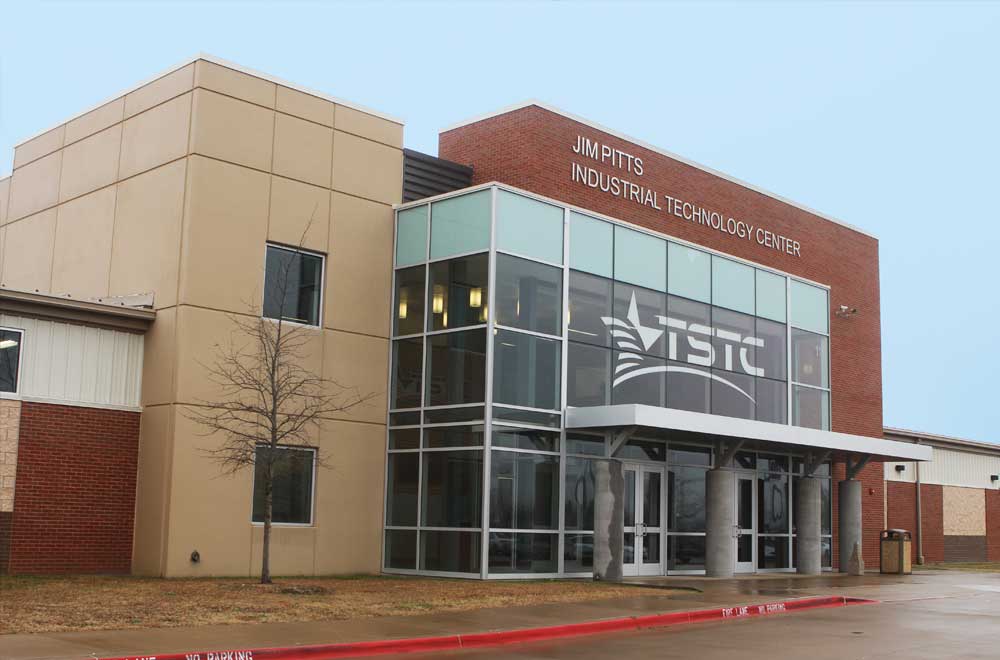
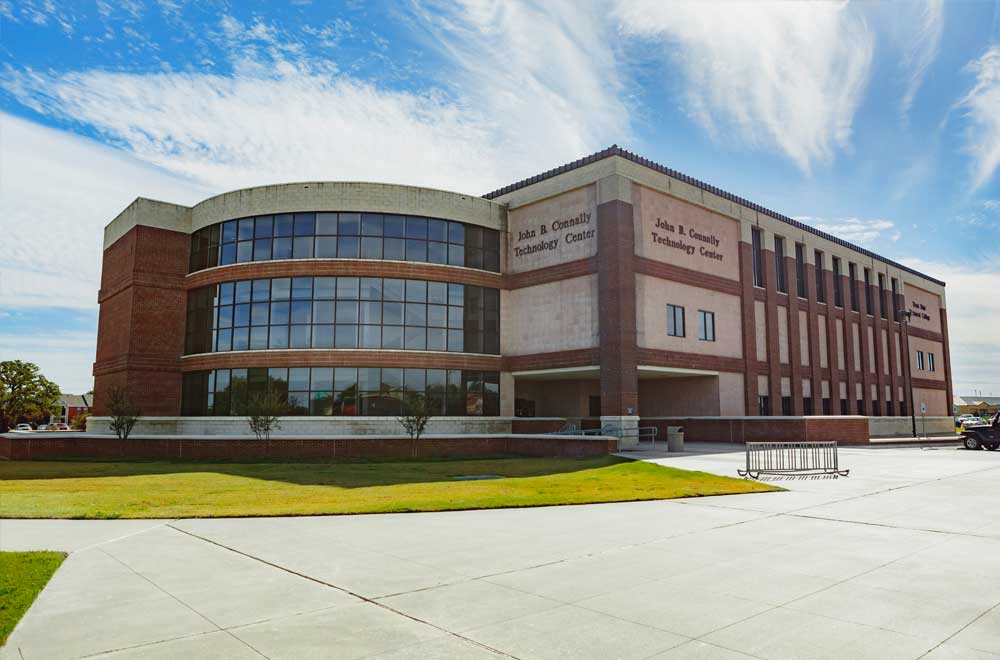
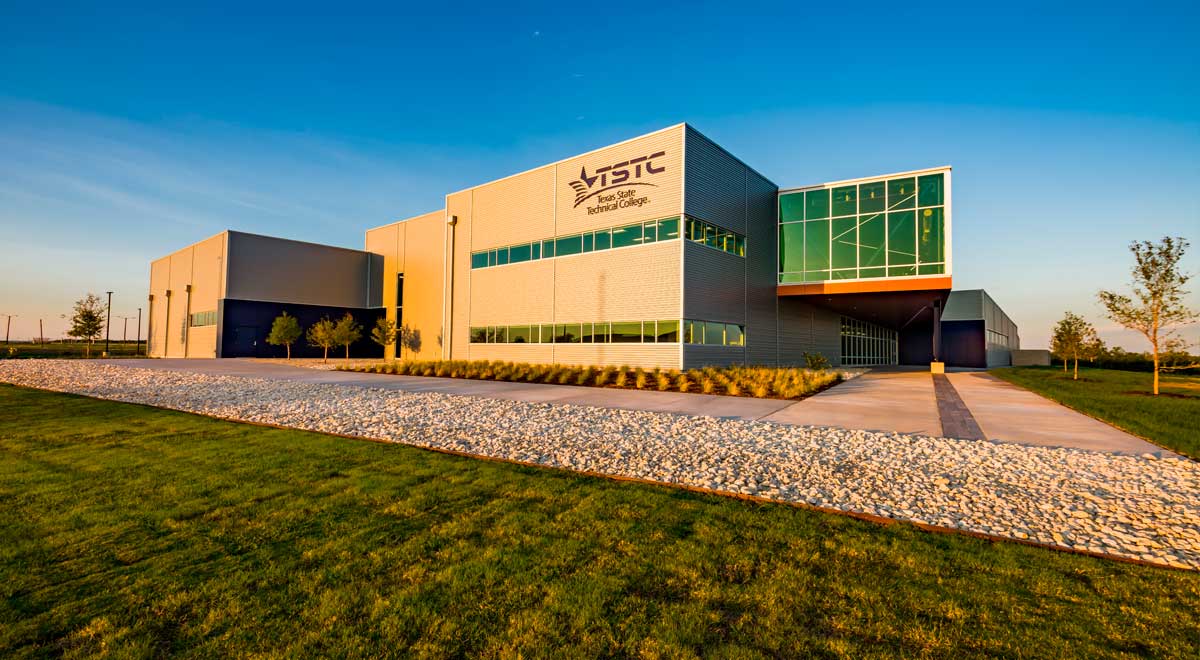
But that wasn’t only the big news going on.
That same year, Texas State Technical College opened its doors to Texans for the first time. Back then, it was called the James Connally Technical Institute (JCTI) and it was part of Texas A&M University.
A lot has changed in the world since then, but the college’s mission remains the same. At the time, Texas Governor John Connally predicted that TSTC would be “the most sophisticated technical-vocational institute in the country.” And he couldn’t have called it more accurately.
Today, TSTC stands at the cutting edge of vocational and technical education. As visionary as its founders were, they couldn’t have imagined labs spread out across ten campuses buzzing with robots, circuit boards, and solar panels.
TSTC was created to meet the state’s evolving workforce needs. In fact, TSTC is the only college in Texas that puts its money where its mouth is. The school’s funding model is based entirely on student employment outcomes. The fact that it survives today is a testament to its success in strengthening Texas with a highly skilled, technically competent workforce.
Born from a Vision: "A Strong Texas"
1965
TSTC is born. At the time it’s called the James Connally Technical Institute (JCTI).
1967
JCTI expands to include a South Texas campus in Harlingen.
1969
The college separates from Texas A&M and becomes an independent state system with a new name, Texas State Technical Institute (TSTI), and its own Board of Regents.
1970
Additional campuses are created in Amarillo in the Panhandle of Texas and in Sweetwater in West Texas on the site of a former airbase. As TSTC continued to expand, it took over other abandoned air bases, which served as perfect locations for its avionic technology programs.
1983-1991
As the demand for quality technical education continues to grow, extension centers are established in McAllen (1983), Abilene (1985), Breckenridge (1989), Brownwood (1991) and Marshall (1991).
1991
TSTI changes its name. The Texas State Technical College is born! The word “college” replaces “institute” as a more befitting description of the school’s standing in the educational community. The Texas State Technical College is born! Also, the TSTC campus in Marshall begins serving East Texas.
1999
The Marshall extension center is officially designated a stand-alone campus by the Texas Legislature, and becomes known as Texas State Technical College Marshall.
2001
The Fort Bend County campus opens its doors.
2011
The state Legislature redefines the TSTC West Texas campus as one that serves West Texas with four strategically positioned, permanent locations at Sweetwater, Abilene, Breckenridge and Brownwood. That same year, the Ingleside Center opened.
2013
The Legislature authorizes the creation of TSTC Marshall North Texas Extension Center also known as TSTC North Texas. The East Williamson County campus also opens.
2020
A total of 100,000 of students have graduated from TSTC and gone on to get great-paying jobs that keep the economy of Texas vibrant and thriving.
2021+
Planning for the future.
